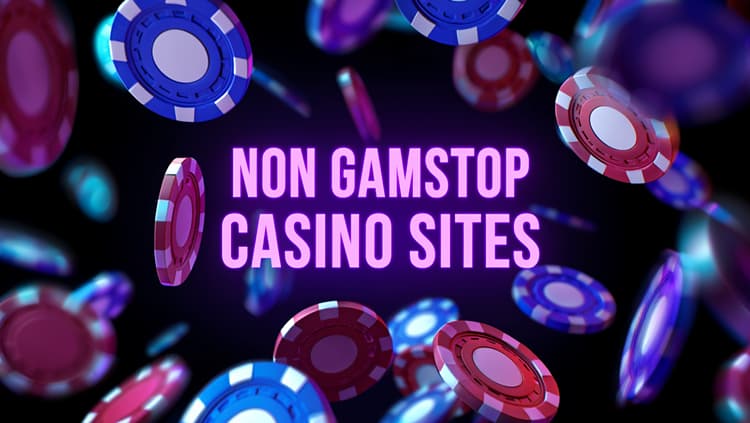
The Transformative Power of the Arts in Society
The arts have perpetually played a fundamental role in shaping societies throughout history. From the earliest cave paintings to modern multimedia installations, the arts encapsulate and express the essence of human experience. https://head4arts.org.uk/ The significance of the arts transcends aesthetics; it contributes to cultural identity, social cohesion, and individual well-being. This article delves into the myriad ways the arts impact society and why they are crucial for personal and communal growth.
The Role of Arts in Cultural Identity
Cultural identity is largely expressed through the arts. Each community’s unique history, traditions, and values are often reflected in its artistic expressions. For instance, Indigenous art forms rely heavily on storytelling that conveys the culture and history of their people. This form of expression offers a window into the beliefs, struggles, and aspirations of communities around the globe. Through music, dance, painting, and theatre, individuals can connect with their heritage, fostering a sense of belonging and continuity.
Arts as a Catalyst for Social Change
The power of the arts extends beyond personal expression and cultural heritage; it can also serve as a powerful catalyst for social change. Many artists have utilized their work to address pressing social issues, challenge the status quo, and provoke thought. For example, the Civil Rights Movement in the United States was significantly shaped by artists and activists who used music and visual art to communicate messages of equality and justice.

Consider the works of artists like Banksy, whose street art serves as a commentary on contemporary social issues, such as poverty, war, and consumerism. These artistic expressions often inspire conversation and motivate individuals to take action, highlighting the transformative potential of art in advocating for change.
The Therapeutic Effects of Arts on Individuals
The therapeutic effects of the arts on individual well-being are well-documented. Engaging in artistic activities—whether painting, dancing, writing, or playing music—has been shown to reduce stress, enhance mood, and improve emotional resilience. Art therapy, in particular, leverages creative processes to help individuals explore their feelings, develop self-awareness, and cope with trauma. This approach has gained traction not only in clinical settings but also in schools and community organizations, providing individuals of all ages with vital tools for emotional expression and healing.
The Economic Impact of the Arts
Beyond the cultural and social facets, the arts significantly contribute to economic development and job creation. The creative sector, encompassing everything from design and fashion to music and visual arts, has become a substantial part of many economies. For instance, in the United States alone, the arts and culture sector generates millions of jobs and contributes billions to the economy annually. By investing in the arts, communities not only enhance their cultural landscape but also stimulate economic growth through tourism and local businesses.

Education and Arts Integration
Integrating the arts into educational curricula fosters creativity, critical thinking, and collaboration among students. Research has shown that students engaged in arts education tend to perform better academically and exhibit improved social skills. Moreover, exposure to the arts encourages students to express themselves and explore their creativity, skills that are increasingly important in our fast-evolving world.
Arts education can also bridge gaps between various social and economic backgrounds, providing opportunities for all students to engage with different cultures and perspectives. Programs that promote arts integration in schools are essential for nurturing the next generation of creative thinkers and innovators.
The Digital Transformation of the Arts
In recent years, the rise of digital technology has dramatically transformed how we engage with the arts. The internet and social media platforms have democratized access to art, allowing artists to share their work with a global audience. Additionally, technology has given rise to new art forms, such as digital art, virtual reality installations, and interactive experiences, which push the boundaries of traditional artistic mediums.
Furthermore, online platforms offer emerging artists unique opportunities to showcase their work without the constraints of traditional gallery spaces. Crowdfunding platforms enable artists to finance their projects while building a community of supporters. This digital shift not only diversifies artistic expression but also fosters new ways for audiences to interact with and appreciate the arts.
Conclusion
The importance of the arts cannot be overstated; they are an integral part of our humanity. Through the arts, we explore our identities, address social issues, enhance mental well-being, stimulate economic growth, and educate future generations. As we navigate an increasingly complex world, investing in and supporting the arts becomes more vital than ever. By celebrating creativity and fostering artistic expression, we can build stronger, more vibrant communities that reflect our shared human experience.